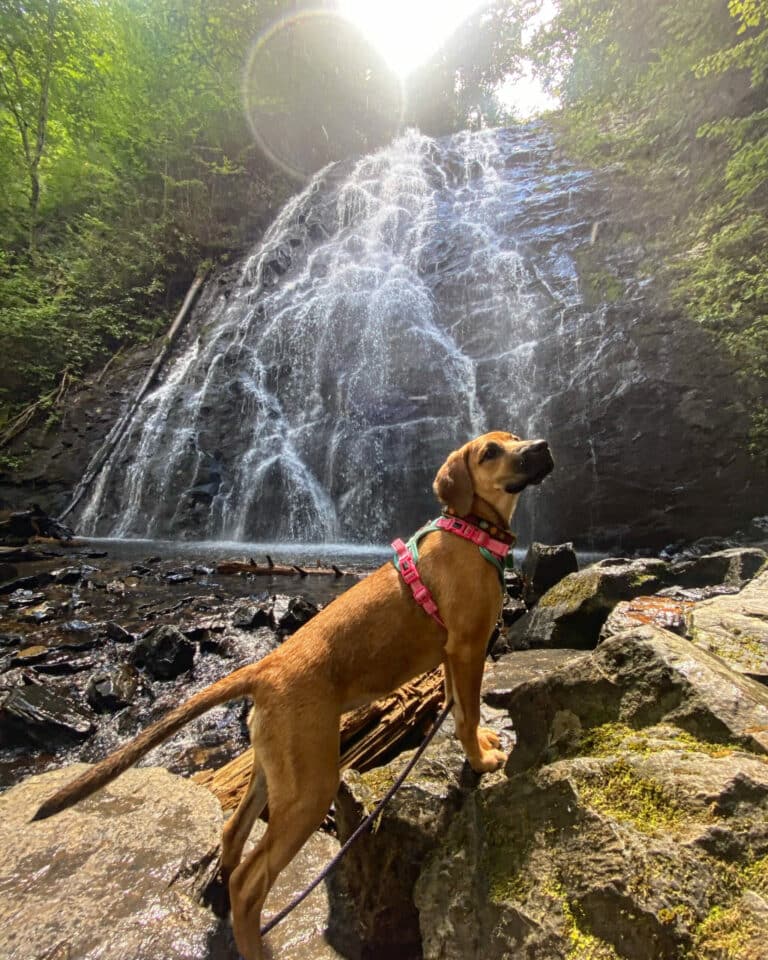While many this winter have been rejoicing about the second coming of snow in the Southeast, I was reminded last night by a local news report that most of the snow at regional ski resorts is manmade. It reminded me of a story I wrote three years ago about the day in the life of a resort snowmaker (read it below). People should realize that this is a rugged job. Although snowmaking systems are elaborate multi-million dollar operations, they still require committed workers who will brave the frigid elements in the middle of the night when no one is on the slopes.
News report from WCAV CBS19 in Charlottesville:
From Blue Ridge Outdoors, January 2007:
A Day in the Dangerous and Dirty Life of a Snowmaker
If you’re a Southern skier, you may want to change your favorite slogan to, “Hug a Snowmaker.” While you’re snug in your comfy lodge bed, sleeping peacefully before a day on the slopes, veterans like Snowshoe Mountain’s Jeff Tumblin are out on the mountain braving sub-freezing temperatures for a paycheck, making sure your favorite black diamond is ready for a morning run. It’s a dirty job, but the five million people that hit the slopes below the Mason-Dixon every year are saying somebody’s got to do it.
Although the Farmer’s Almanac is predicting a chilly winter, skiers can’t hold their breath in the Southeast. Last year winter temps in the Blue Ridge spiked up in the 80s—resulting in the warmest January on record. But when the temps do drop, snowmakers are working around the clock.
Tumblin is the snowmaking and grooming manager, who’s been on the job for 28 years. His crew is drastically understaffed. Less than 20 people handle the resort’s 400 snow guns. But this has nothing to do with a lack of funding. He just can’t get anyone to take the job. After all it takes a certain kind of person to work through the night outside in frigid temps. Frostbite is to be expected. Worse is not out of the question.
“We’re always shorthanded, so everyone is busting their butts,” he says. “We have a job fair every year, but nobody ever comes to our table.”
Tumblin checks the weather forecast hourly, so his crew is essentially on call. If a sudden drop is predicted he radios for more troops. This is tough work with unsavory conditions and unpredictable hours, akin to the fishing docks of the Northwest. There’s no 9 to 5 and home for dinner. In the days leading up to the start of the season, if the temps are staying low, the crews are working dreadfully long shifts, seven days a week.
“When it’s 10 degrees, and there are 200 guns on, we don’t get a break,” Tumblin says. “We’re out there for 12 hours straight.”
Like most resorts in the South Snowshoe’s beastly snowmaking system covers 100 percent of its acreage, so snowmakers have a lot of ground to cover in a short amount of time. The resort’s 15 compressors are pushing around 550 pounds per square inch into their pumps. Forty miles of underground pipeline separates the pump house and the slopes. Every 100 feet there are water and air hydrants on the side of the slopes that then attach to the snow guns. The snowmakers have to attach and adjust the pressure of each gun manually, make sure it is blowing the right kind of snow for the conditions, and properly position the gun. Getting a little wet is inevitable, but as Tumblin has experienced, every now and then the hoses bust and smack a snowmaker in the face.
The guns have to be watched all night and readjusted as the temperature changes, so the proper snow is there in the morning. There is little margin for error. If they sit in a certain position for too long and wind acts up, they can create unnecessary mounds or bury and take down trees. Double barrel guns are too heavy to be lifted by one person. Tumblin knows this because he’s had one pin him to the ground, while it was still running. On Cup Run one of the guns dragged him down the mountain. He tried to dig his heels into the ice, but he ended up in the creek.
“If someone hadn’t been there, I would have been in trouble.”
For Tumblin this is a year-round job. During the summer, snowmakers are fixing leaks and patching blown out ditches. He can spend months digging holes and patching old pipe. If the lines can freeze and crack resorts will have mini-geysers bursting slope side.
Despite the tough work and the long nights, camaraderie among snowmakers runs deep. Although new recruits are hard to find, when it gets in their blood, they stay loyal. Most of the Snowshoe crew has been on for 15 years. Tumblin definitely sees the bright side.
“When you get down to it, we’re just out there playing in the snow.”







